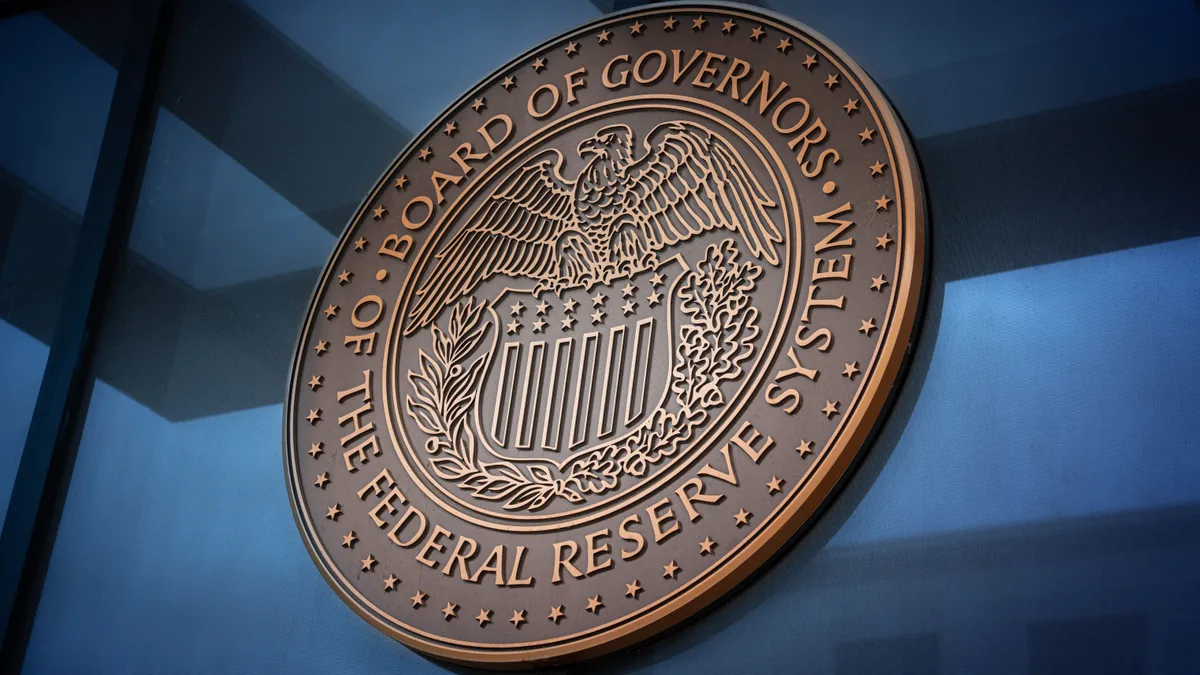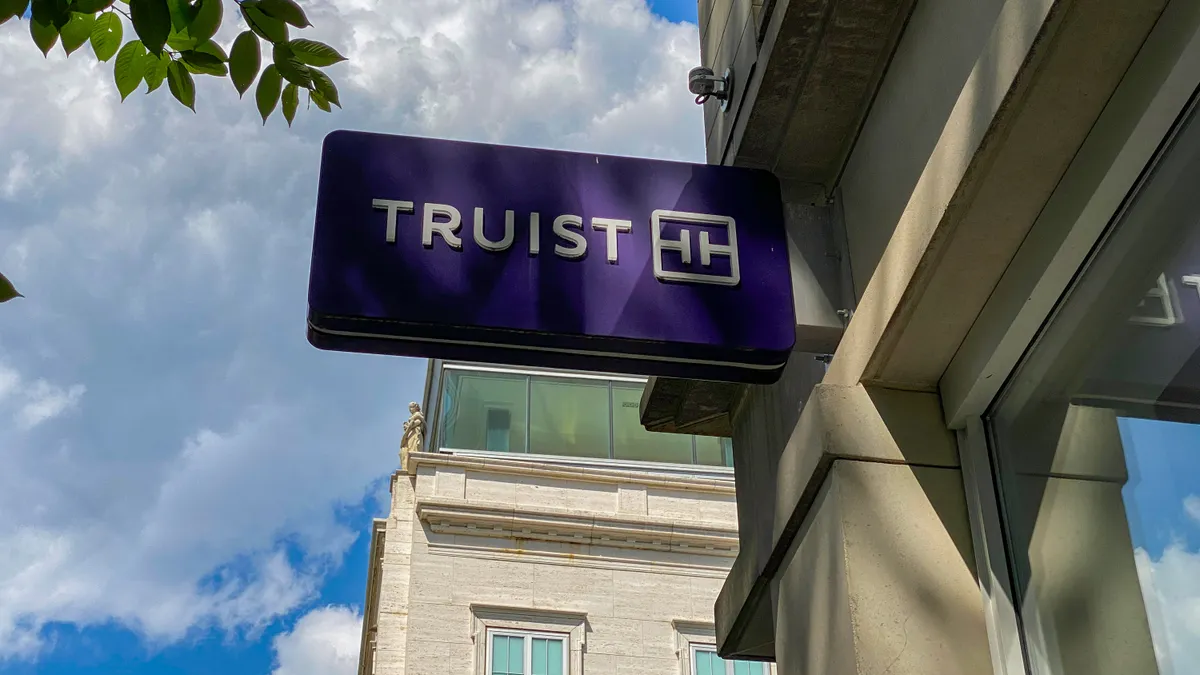All 22 banks that participated in the Federal Reserve stress test this year have sufficient capital to endure a 30% decline in commercial real estate prices and a 33% plunge in housing prices, the central bank disclosed Friday.
Though this year’s stress test is less severe than last year’s scenario due to the stress test’s countercyclical design, big banks can weather more than $550 billion in losses stemming from nearly $158 billion in credit card losses, $124 billion in losses from commercial and industrial loans and $52 billion in CRE losses.
Under this year’s hypothetical recession scenario, which the Fed released in February, the central bank said the 22 banks demonstrated resilience, with the aggregate common equity tier 1 capital ratio falling from 13.4% to a minimum of 11.6% before recovering to 12.7%. All banks maintained capital ratios above the required regulatory minimums throughout the test period. The 1.8 percentage point aggregate decline in capital ratios is smaller than in previous years’ tests, according to the Fed.
Analysts at Piper Sandler and Truist projected an overall decline in capital requirements.
“We estimate every bank will see a decline in its pro forma stress capital buffer (SCB) if it wasn't already at the 2.5% floor,” analysts at Truist wrote in their research notes.
In April, the Fed proposed averaging stress test results over two consecutive years, aiming to reduce volatility in capital requirement calculations. If implemented, the 2025 results would be averaged with 2024 results, resulting in a larger aggregate capital decline of 2.3 percentage points.
“Large banks remain well capitalized and resilient to a range of severe outcomes,” the Fed’s vice chair for supervision, Michelle Bowman, said in a prepared statement. “One way to address the excessive volatility in the stress test results and corresponding capital requirements is for the Board to finalize the proposal that would average two consecutive years of stress test results, which was released in April.”
The Fed acknowledged “unintended volatility” in the stress test models, and the smaller decline this year partially reflects these model issues. It plans to address these modeling concerns later this year and will disclose models and the scenario design framework for public comment.
The 2025 test featured a milder recession scenario than the 2024 test, while the unemployment rate increase was 5.9 percentage points, compared to 6.3 percentage points in 2024.
Some performance metrics from the stress test include minimum CET1 capital ratios under the severely adverse scenario, with JPMorgan Chase maintaining a 14.2% capital ratio under that severe scenario, Goldman Sachs 12.3%, Morgan Stanley 12.2%, Bank of America 10.2%, Citi 10.4%, Wells Fargo 10.1% and Charles Schwab with the highest, 32.7%.
Though super-regionals performed well, improvements are less likely to impact share buyback strategies, according to analysts at Keefe Bruyette & Woods.
M&T Bank “was the big winner with a 120bps reduction in their estimated [stress capital buffer]. However, the rest of the super-regionals either dropped modestly or remained at the 2.50% minimum SCB, including [U.S. Bank] and [Truist],” analysts wrote. “That said, we do not believe these results will meaningfully change managements' target CET1 ratios.”
Piper Sandler analysts said “the results were “even better than our optimistic expectations.”
“A proposal to average this year and last year’s SCBs means a bit of uncertainty for now. But either way, our banks are so far above their regulatory minimums that any difference is basically a moot point,” the analysts noted.
The Fed said the banks must wait until after 4:30 p.m. Eastern time Tuesday before making public announcements regarding their planned capital actions and preliminary SCB requirements.
Among the Fed’s proposed changes to stress testing, the central bank said in April it plans to shift the implementation date for stress capital buffer requirements from Oct. 1 to Jan.1, aiming to reduce volatility in capital requirements from year to year. Additional updates to the stress test process are expected later in 2025.
Banking trade groups sued the Fed in December over a lack of transparency and in May, requested to pause the litigation, acknowledging the Fed’s “good faith effort” to address concerns.
The Fed has scheduled a July 22 conference specifically focusing on capital requirements for large banks. The conference will bring together experts to discuss the effectiveness and potential revisions to capital requirements for large banks and also include topics like Basel III endgame rules, the stress testing framework, and capital surcharges for the largest banks.






















